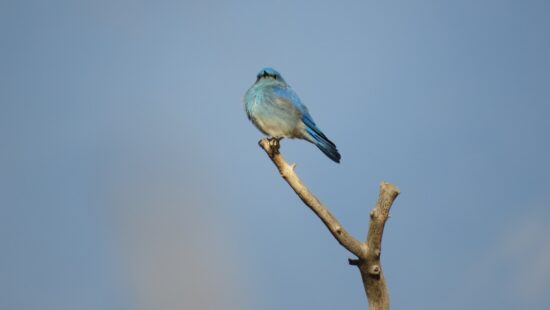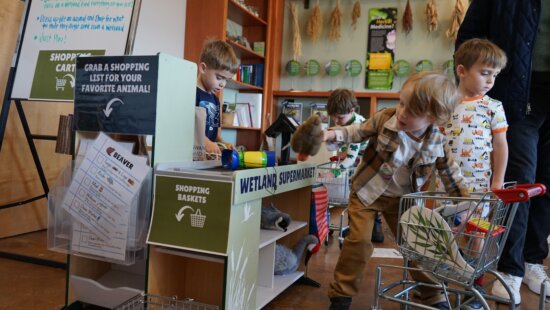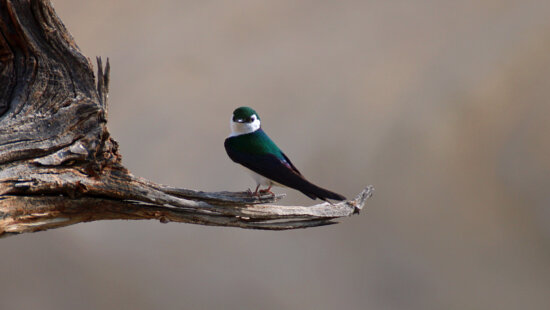Environment
Wild Wasatch: How Swaner’s beavers shape a winter wetland

A beaver swims through calm water at Swaner Preserve. Photo: Aidan Cone
PARK CITY, Utah — As winter approaches, beavers, some of Summit County’s most influential ecosystem engineers, are especially active across the Swaner Preserve. They are reinforcing lodges, repairing dams, and stockpiling food beneath the surface, work that will sustain the wetland community through the cold months ahead.
Overseeing the broader landscape that supports this activity is Rhea Cone, Swaner’s director of conservation. She manages land restoration and ecological health across the 1,200-acre preserve, a role that spans invasive weed control, revegetation, stream restoration, fencing, signage, and a steady rotation of seasonal projects. “It changes quite a bit throughout the year,” she said. “There are always things that come up.”
This time of year, much of that change centers on beavers, whose winter preparations are now in full swing.

A Busy Season Under the Beaver Moon
November’s full moon is traditionally known as the Beaver Moon for a reason. “They are actively preparing for winter,” Cone explained. “They are always busy, but especially in the fall.” On the Preserve, at least two active beaver colonies are gathering food, fortifying their lodges, and reinforcing their dams. Cone mentioned that the number of colonies can fluctuate from year to year as beavers migrate from upstream and downstream.
A crucial task for beavers is creating underwater food caches—dense piles of willow, cottonwood, aspen, and birch anchored in the mud. “It’s like a little underwater refrigerator for them,” Cone described. “It preserves their food, allowing them to access it under the ice.”
This engineering work often goes unnoticed by residents, yet its outcomes significantly shape the landscape.
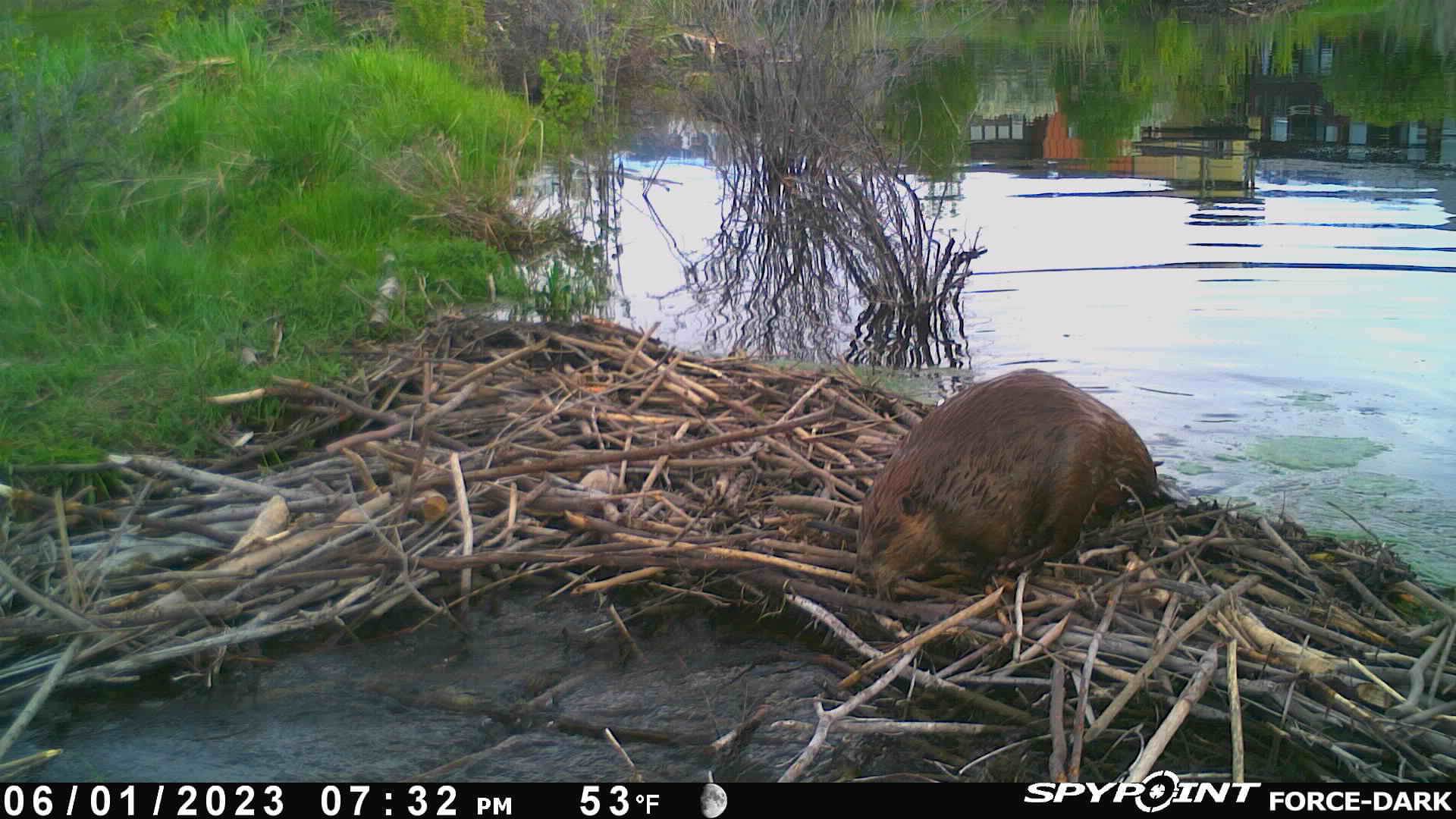
A Die-Off and a Vacant Lodge
Many locals are familiar with the beaver lodge just outside the EcoCenter, but it is currently uninhabited. Cone explained that the colony died in April 2024 after contracting tularemia, also known as rabbit fever. “We found a dead beaver, and then another dead beaver, which concerned us,” she recounted. The animals were sent to a state veterinarian, who confirmed the disease. “It’s most often found in rabbits, mice, and voles—small mammals. The beavers contracted it from somewhere and spread it within the colony.”
Tularemia outbreaks occurred in other parts of Utah that same year. While it is rare for humans to contract the disease, those handling carcasses are at risk. Cone anticipates that the area will eventually be recolonized.
In the meantime, the beavers’ infrastructure continues to influence the ecosystem. “Even though there are no beavers in there right now, the dam is still functioning,” Cone noted. “We’ve seen that the surrounding area has really changed—more cattails, more willows, and vibrant wetlands have emerged.”
And local wildlife has taken notice. “Every day this time of year, there have been ducks out there,” she said. “Earlier in the fall, we spotted geese and sometimes grebes. You never know what you’re going to see.”
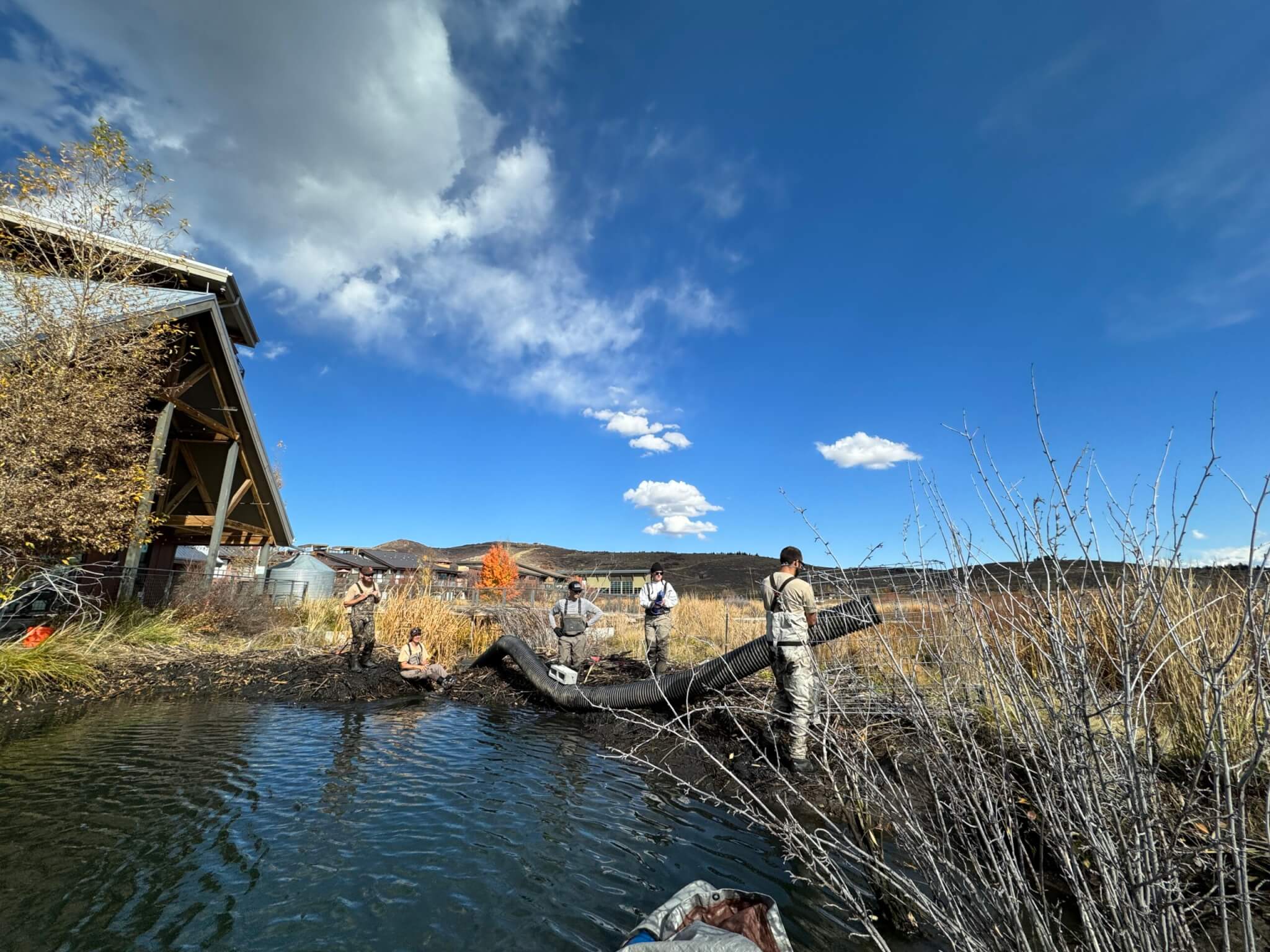
Engineers and Keystone Species
Beavers play an indispensable role in Swaner’s hydrology. “They basically do my job for me,” Cone joked. “They create and maintain wetlands, and they do a fantastic job of it.”
Their dams trap sediment, slow down floodwaters, filter water, and create deep pools that remain cooler in the summer and more stable in winter. “Water leaving beaver complexes is cleaner than when it enters,” she explained. “They also sequester carbon, making those wetlands significant carbon sinks.”
The cold, deep water benefits fish, while ample vegetation and open water support muskrats, waterfowl, and shorebirds. Cone mentioned that muskrats are especially common this time of year. “They’re often mistaken for baby beavers because they’re about the same size,” she said. “Sometimes, they even share the lodge for warmth.”
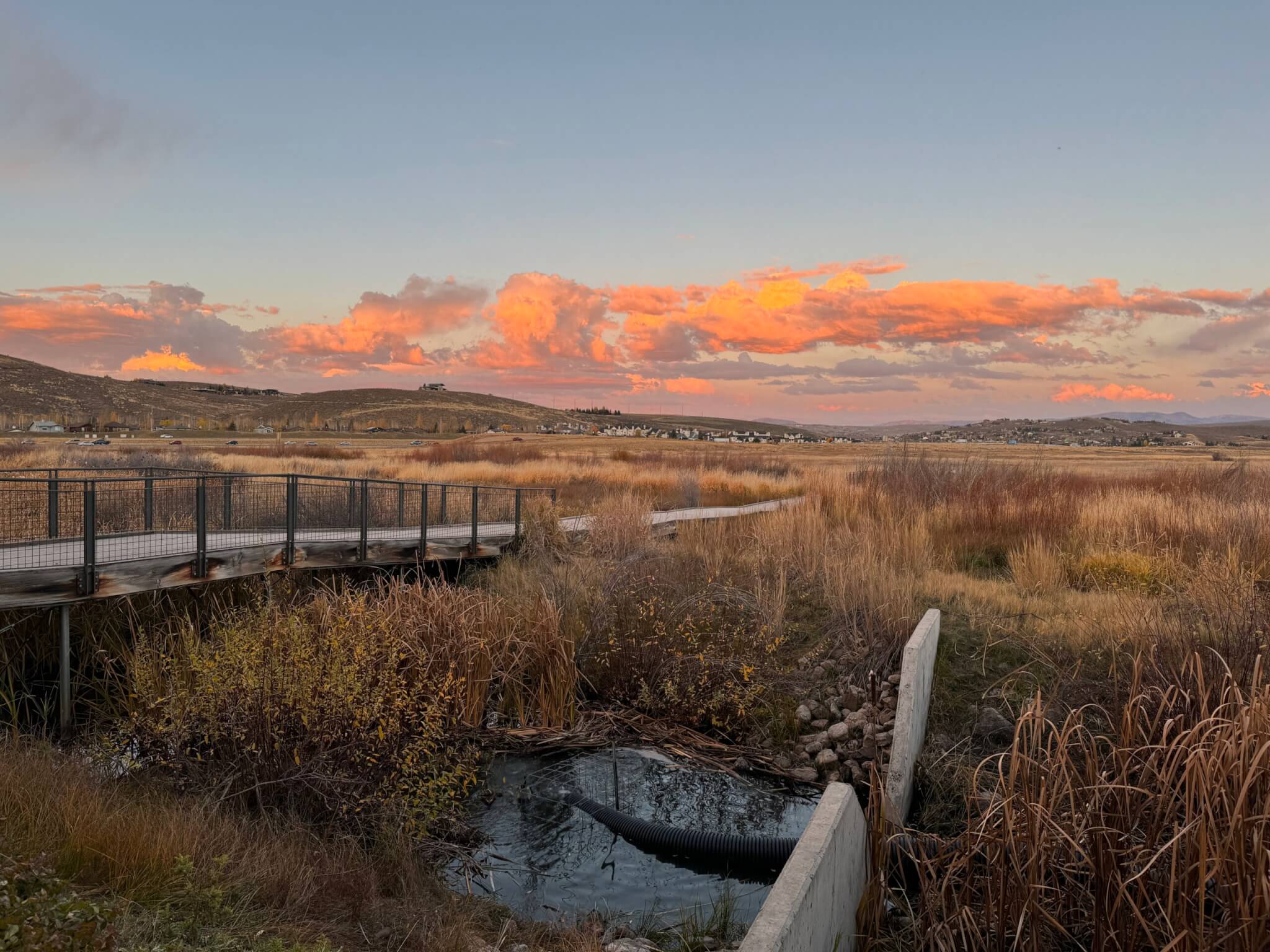
Fluctuating Colonies and a Changing Landscape
Beaver populations fluctuate annually in response to habitat and food availability. “If there is enough food in an area, they tend to stay,” Cone stated. Swaner is actively planting more willows and cottonwoods to support future colonies.
Beaver activity reshapes vegetation, alters water distribution, and impacts wildlife movement. “We typically see more water that persists through the seasons,” Cone noted. “This usually results in changes to the vegetation types surrounding the dams and increases in bird activity.”
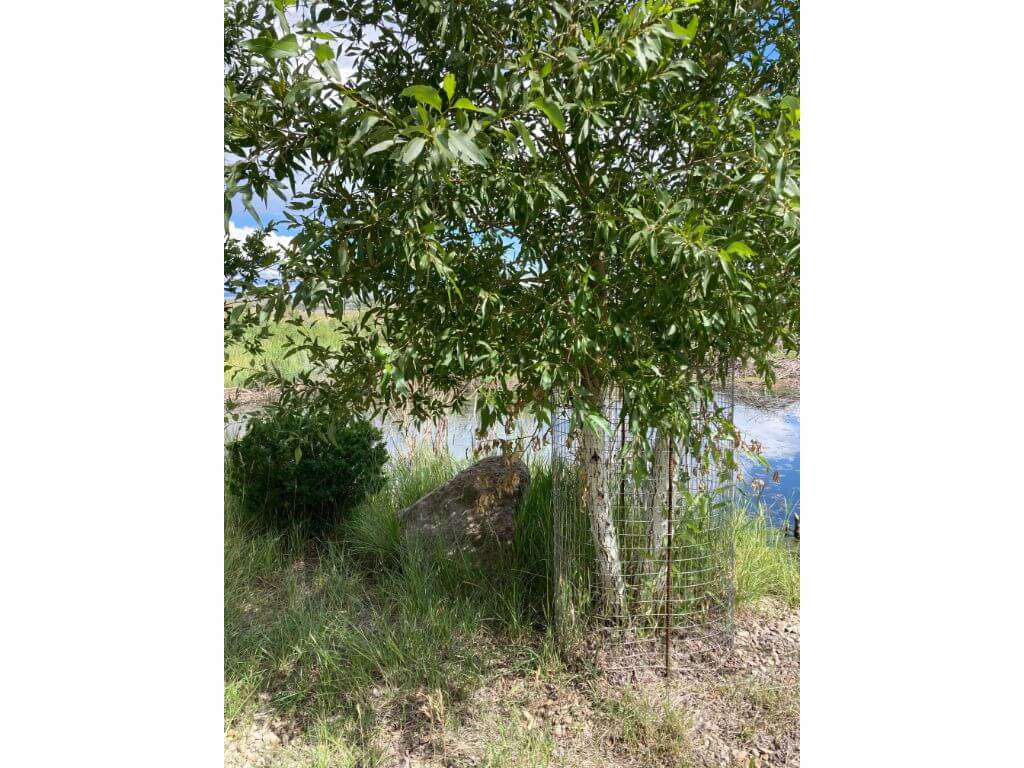
Living with Beavers
Cone is familiar with the challenges of coexisting with beavers—such as trees falling on fences, dams causing water to overflow onto properties, and beavers selecting the wrong cottonwood at inopportune times.
However, coexistence is feasible and practical. “There are many effective ways we can live with beavers,” she stated. Protective fencing can save trees, and pond-leveler systems—like the one outside the EcoCenter—allow managers to control pond depth while still enabling beavers to maintain their dams. When coexistence isn’t possible, relocation is an option. “Beavers can be moved to areas where they can become champions of restoration,” Cone mentioned, highlighting Utah State University’s operation of a “beaver bunkhouse” for temporary quarantine and relocation.
‘They’re so cool.’
For Cone, the admiration is straightforward. “Beavers are so cool. They’re so smart,” she said. “We miss them around the EcoCenter—seeing them swim in the evenings. It’s amazing to see how quickly they can change habitat, and all of the other creatures that are around.”
As winter settles into the Wasatch, the beavers’ work disappears under ice and snow—but everything they’ve built keeps the water, the birds, the fish, the muskrats, and the wetlands alive until spring.

















